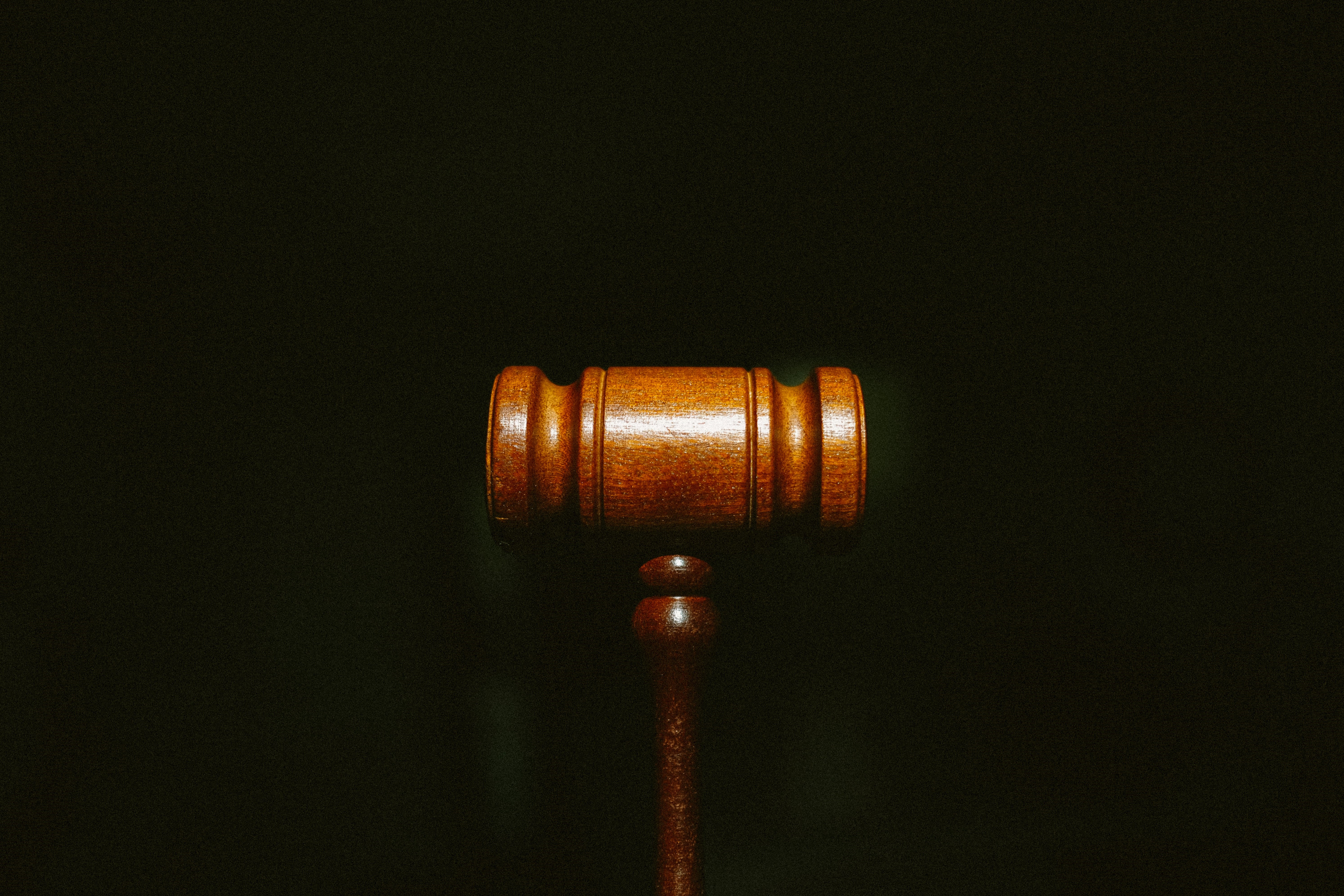Collaboration agreements are a tool businesses commonly use to tap into external expertise to supplement and accelerate their internal research and product development.
Typically, collaborations will involve two commercial entities with differing expertise, or a commercial entity and an academic institution, with the academic institution contributing its research capabilities and the company providing funding (and a desire to ultimately take the end product to market).
The reason a commercial collaboration is often an attractive proposition for both parties is it gives them not only access to additional expertise they don’t currently have, but also allows them to share risk and achieve the results they both want at a reduced cost. For academic institutions, it presents an opportunity to undertake cutting-edge research which is funded and should allow publications and the associated status benefits which come with that.
WHAT IS BEST PRACTICE WHEN IT COMES TO COLLABORATION AGREEMENTS?
Basically, best practice for negotiating the terms of a collaboration is very similar to best practice for negotiating a licensing deal.
Firstly, the parties should always enter into an NDA before disclosing any confidential information.
They should also agree non-binding heads of terms covering the key points of the deal. In essence, these points will usually break down into two categories:
- What each party will contribute to the deal; and
- What each party will get out of the deal.
Most readers will be familiar with the terms Background IP and Foreground IP.
Background IP is the IP that each party owns before, or creates independently of, the collaboration. Foreground IP is the new IP generated by the parties during the collaboration.
In terms of contribution to the collaboration, parties will need to consider:
- What Background IP they will each be bringing into the collaboration;
- The financial contributions they both plan to make; and
- The other resources (e.g. manpower, equipment and materials) both will provide.
However, more of the issues will probably lie within defining what each party expects to get out of the collaboration. With this in mind, both parties must carefully consider how the Foreground IP is to be owned, who will have the right to exploit it, and in what field and/or territories?
Rights to exploit IP is one part of Foreground IP, but ownership is another key consideration, and the two can certainly be separated.
AGREEING OWNERSHIP OF FOREGROUND IP IN A COLLABORATION
Given the Foreground IP will be generated via the collaboration, it is natural to think that it should be jointly owned. However, ‘joint’ can be defined in many ways!
When it comes to the question of joint ownership of IPRs, it is often the case that clients love the idea of it and lawyers hate it. Lawyers will often advise you to avoid joint ownership of IPRs because it’s too complicated to manage joint IP without a robust and detailed management structure with appropriately authorised people from both sides to make decisions.
One alternative is that one party could own the Foreground IP (and have full responsibility for managing and protecting it), while the other party is granted an exclusive licence to use this IP in certain fields or territories. With the correct drafting and subject to agreement between the parties, this avoids some of the issues that can be caused by joint ownership of the IPRs themselves.
However, from a commercial perspective, joint IPR ownership is perhaps the fairest outcome if the parties are collaborating equally.
It is important to be aware that joint ownership of IPRs can potentially arise automatically, if there are no provisions dealing with Foreground IP ownership in your agreement and the work (e.g. the invention) is, in fact, jointly developed. Of course, joint ownership can also arise where the parties specifically agree to this.
As we’ve said, lawyers will often despair at mention of jointly owned IP. This is because, without an agreement for the management of joint IP, it is potentially very problematic, with each joint owner having the ability to act as a “blocker” of any exploitation in the form of licensing or assignment of that IP. Even if you do have an agreement, this will need to be clear on several key issues:
- Who decides on the patent filing strategy and has conduct of the applications?
- What procedures will be put in place to ensure the other party can have input on the strategy and what kind of input should that be?
- Who can do what in terms of exploitation?
- If each party can work under a UK patent, can one grant licences without the other party’s consent?
- How will the parties deal with any infringement situations? Will one party have the ultimate say?
- Should there be restrictions on a party’s ability to transfer or otherwise deal with its share of the Foreground IP?
WHAT ARE THE POTENTIAL PITFALLS TO BE AWARE OF WHEN YOU'RE LOOKING TO ENTER INTO A COLLABORATION AGREEMENT?
Although they are a highly effective and attractive business tool, negotiating and drafting collaboration agreements can open a few potential pitfalls. Some of the most common (and most dangerous) relate to Background IP.
First it is important to consider whether the content of the parties’ respective Background IP should be defined in schedules rather than covered by general wording in a definition.
The use of a general definition can be beneficial in some circumstances, but can cause problems in others. It sometimes makes identifying the Foreground IP much more difficult. It can also lead to unwittingly granting licences which are much broader than intended.
When being granted a licence of the other party’s Background IP, it is important to consider whether a commercial exploitation licence is required in order to exploit the invention or development following the conclusion of the project. Many precedent agreements do not include this, even in the scenarios where one party has paid for the research and development work to be conducted.
In many scenarios, such a licence of a party’s Background IP will be necessary to exploit the Foreground IP. It is also quite common for parties to grant an option, rather than an automatic exploitation licence of the Foreground IP. In this scenario, parties often agree that such licence will be granted on fair and reasonable terms, to be agreed between the parties.
Wherever possible, this is best avoided, as agreeing the value of the licence may prove difficult.
It is always preferable to agree the specific terms of the exploitation licence at the time of entering into the agreement. If that’s not possible, then it is best to ensure that the agreement contains robust dispute resolution provisions including escalation to expert determination if the parties cannot reach agreement.
Finally, when entering into collaborations with academic institutions, there can be a tension between the desires of the parties. Academic institutions are focused on research, teaching and publications. The latter tends to be at odds with commercial entities, which are concerned with generating, protecting and exploiting valuable IP.
Striking the balance between the desire to publish and the need to secure patent protection for inventions can be tricky. It is therefore best dealt with carefully and expressly in the agreement.
It is also worth noting that in the UK the Lambert template provisions, whilst not perfect, make a good starting point for these types of collaborations, recognizing the need to balance academic priorities with commercial partner concerns.
In the next part of this series we will look at possible issues around Governing Law and Jurisdictions but if this blog has raised any questions that you would like to discuss with the IP solicitors in our specialist graphene and advanced materials team, please get in touch today.







